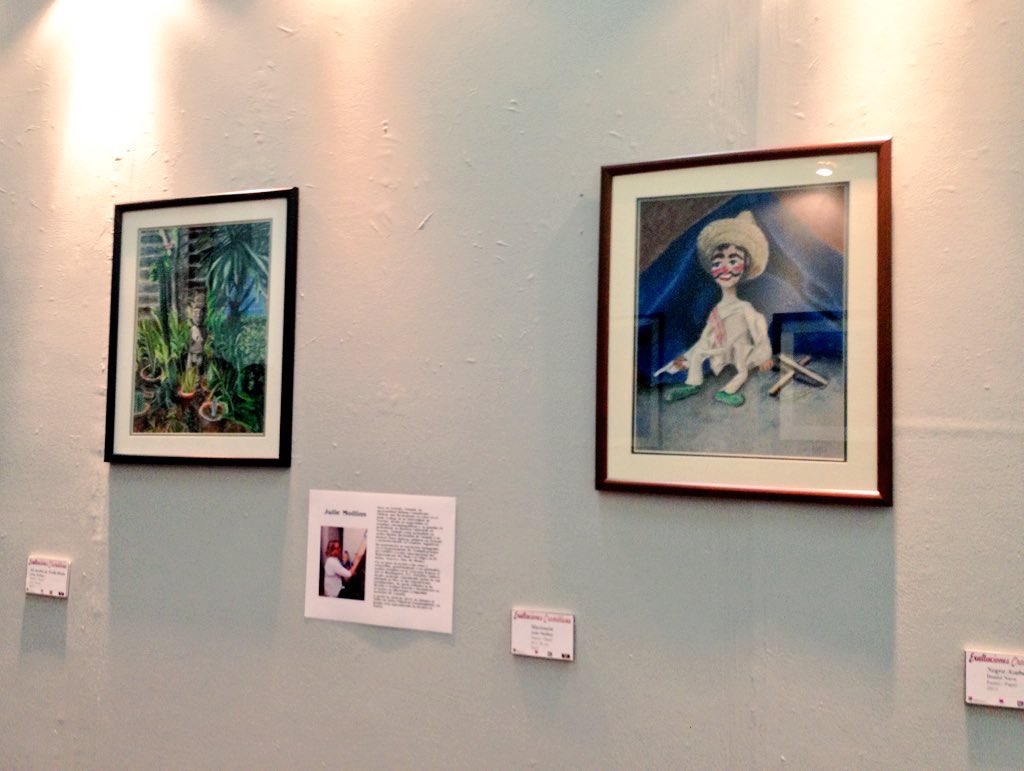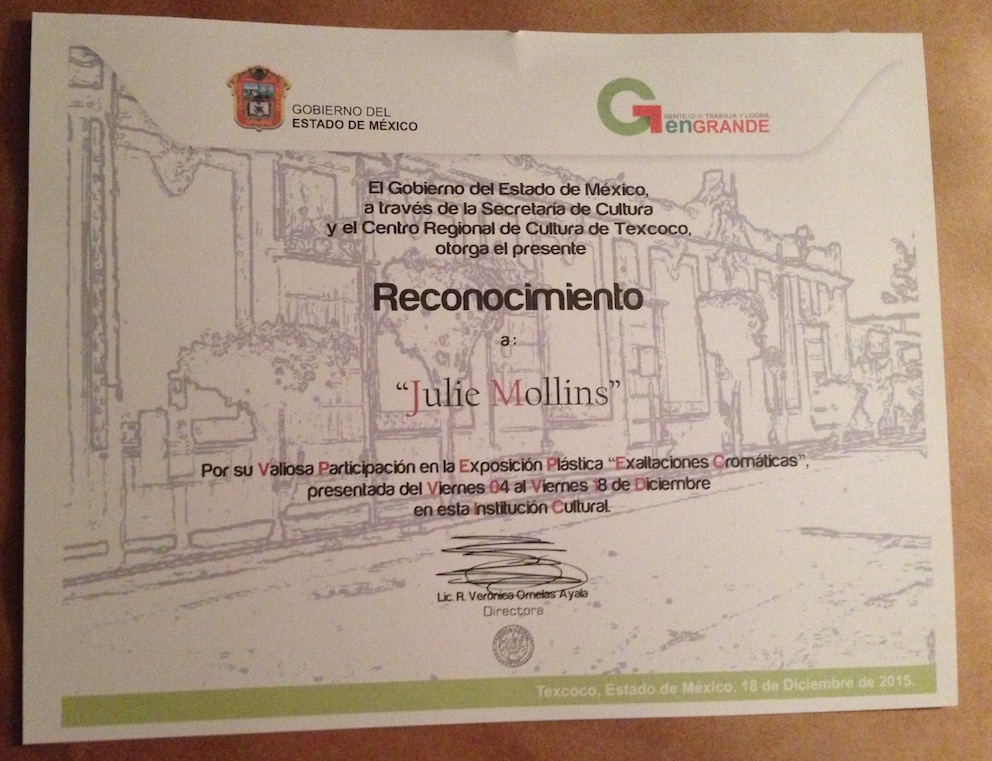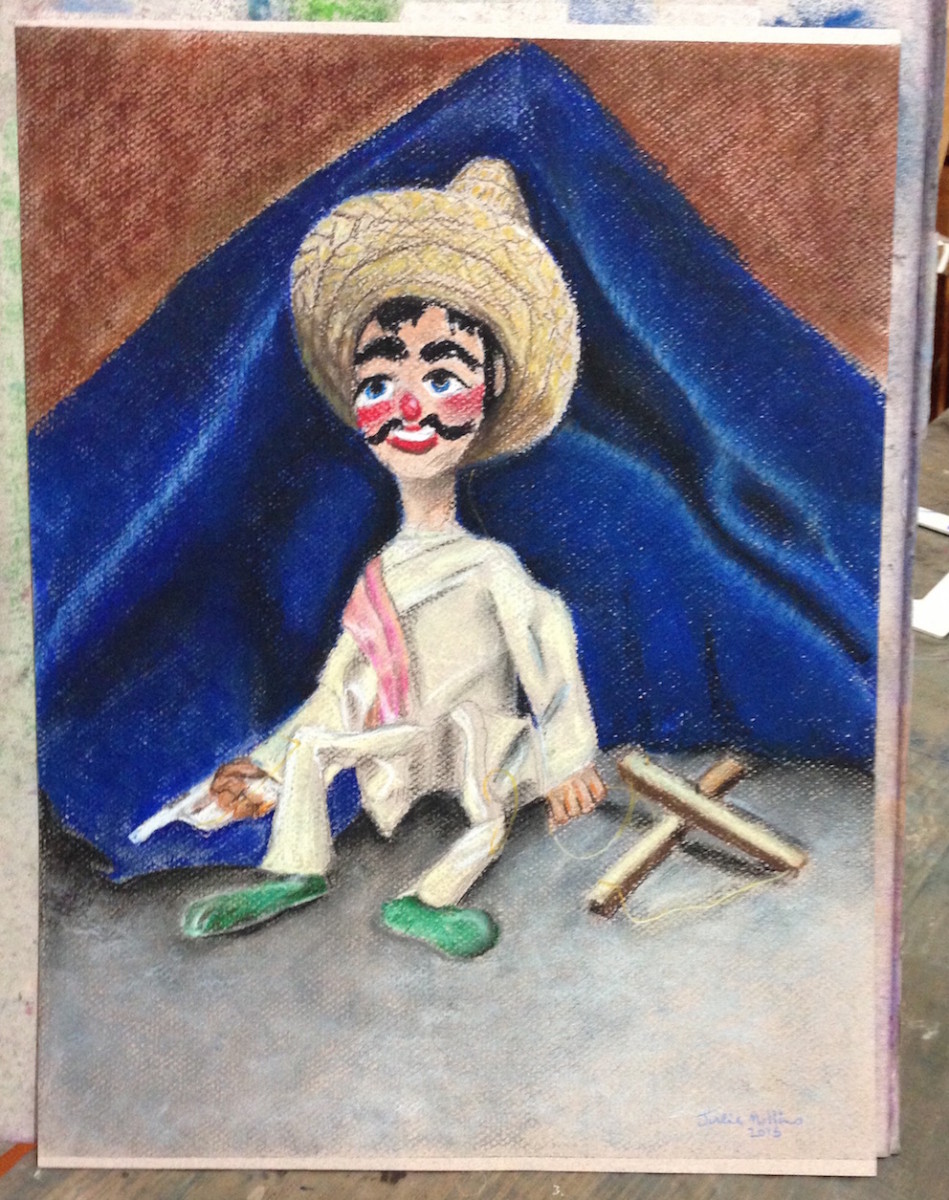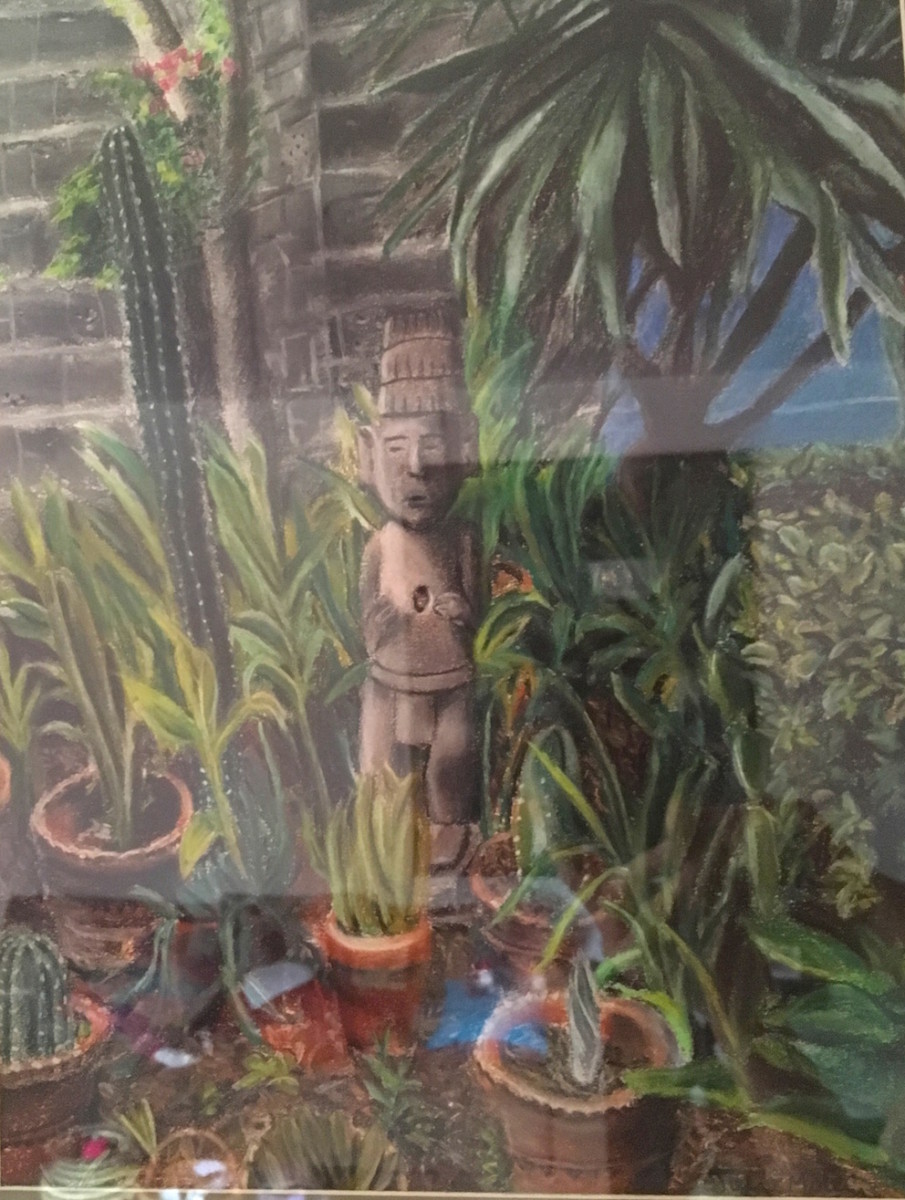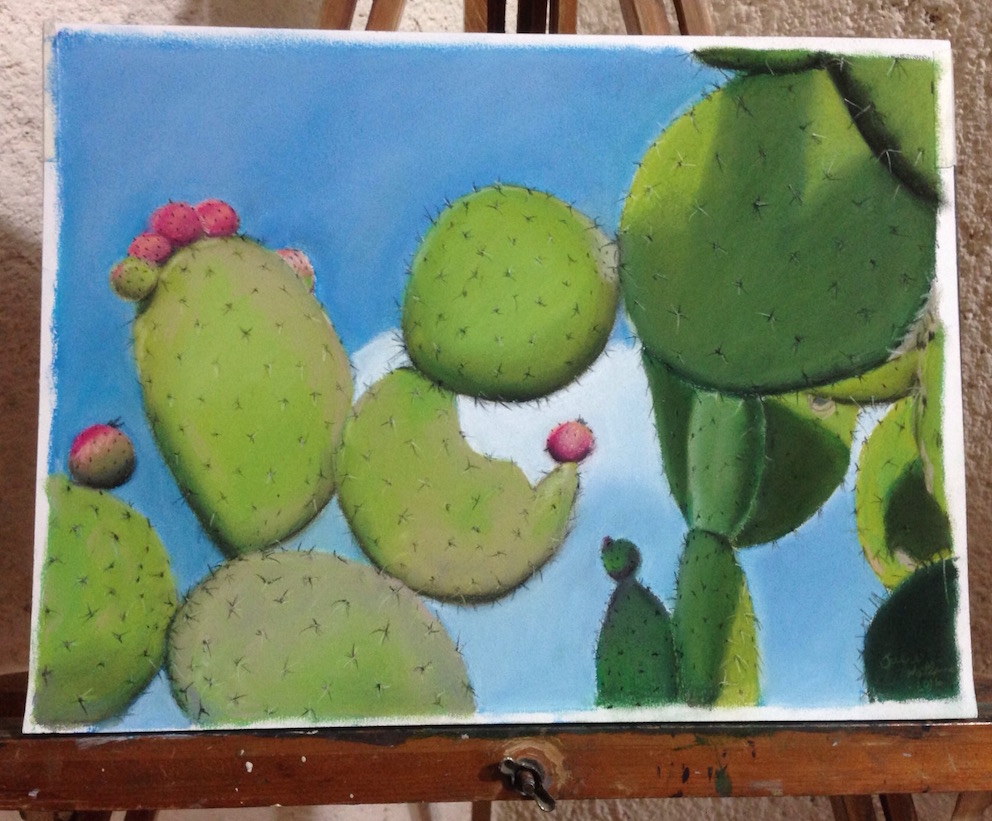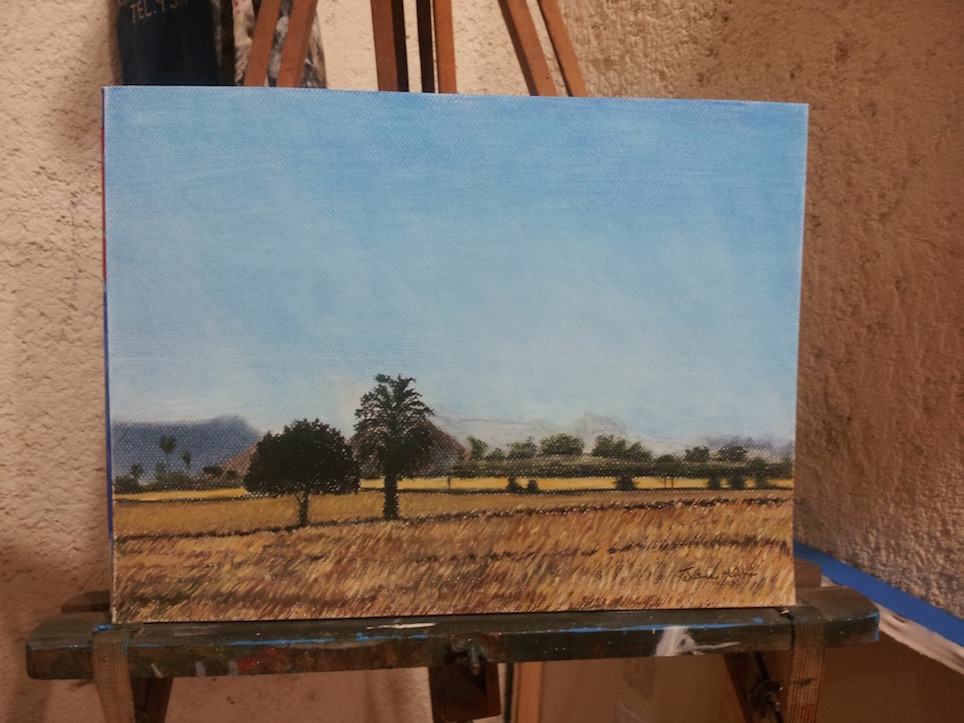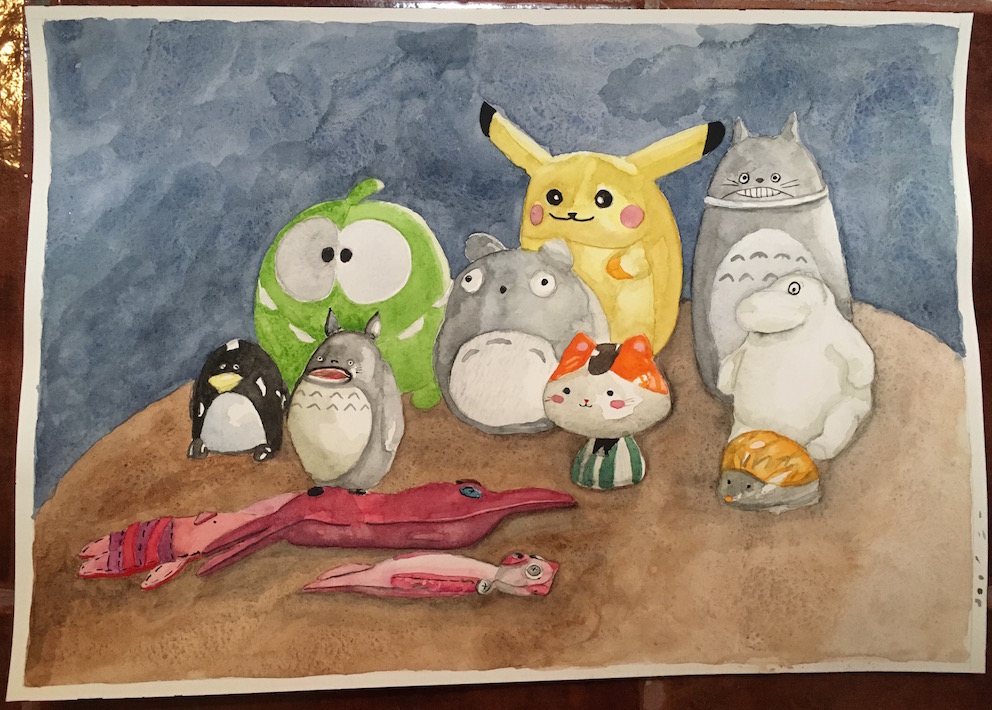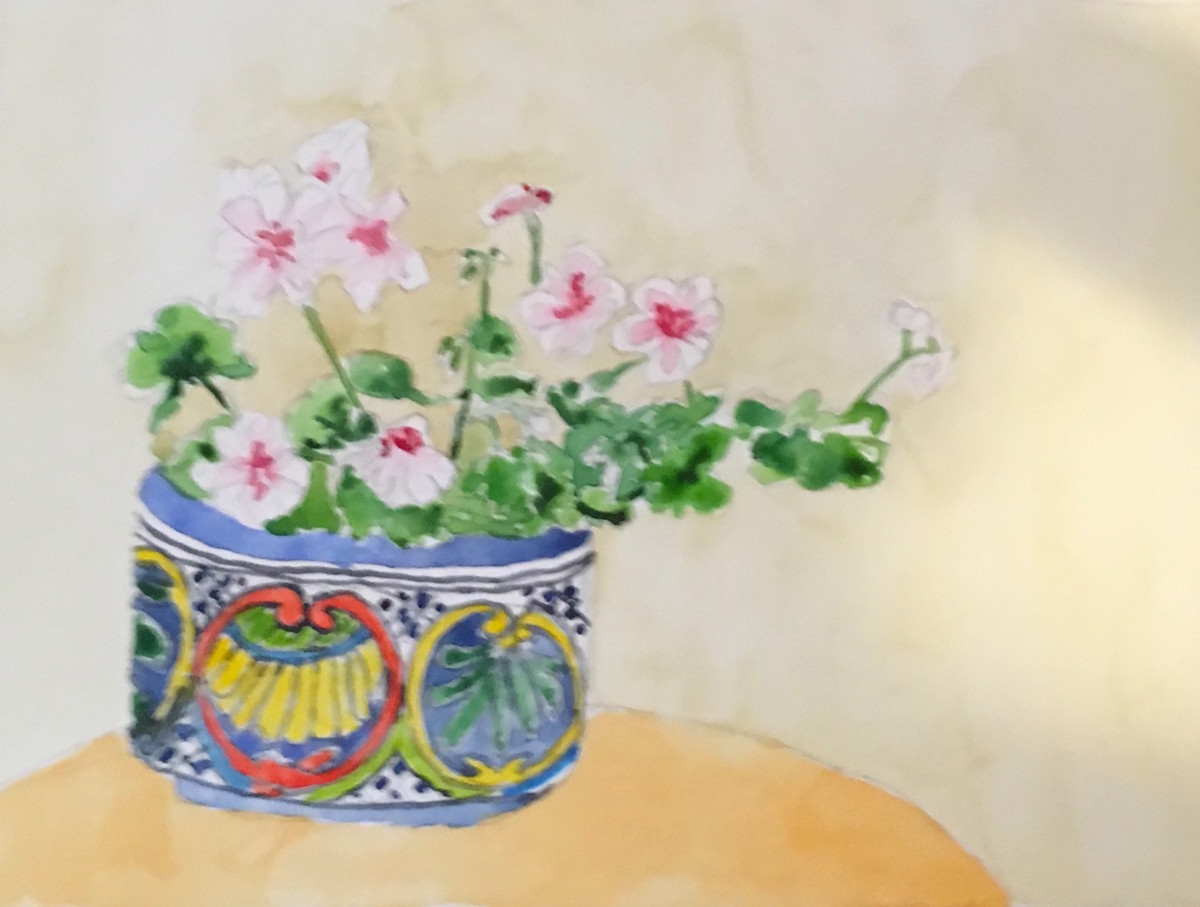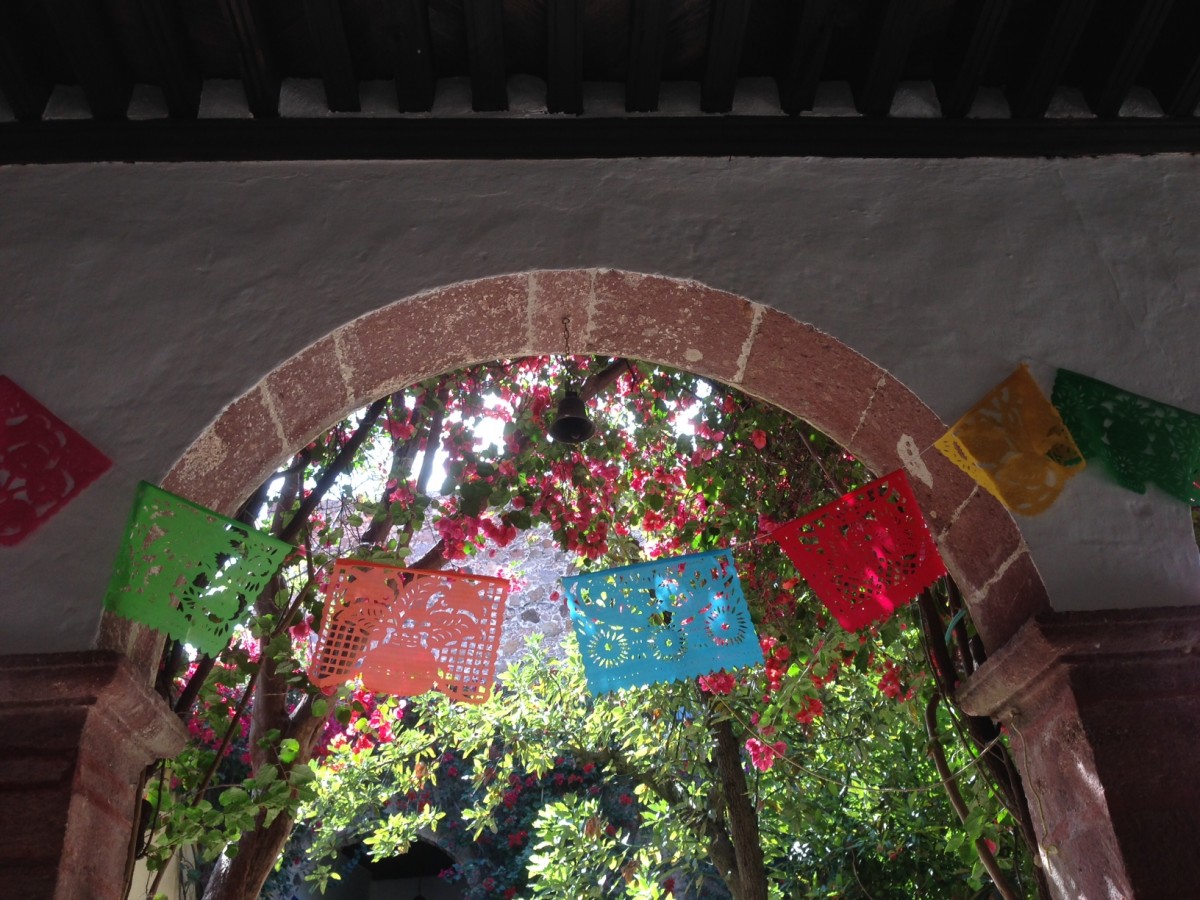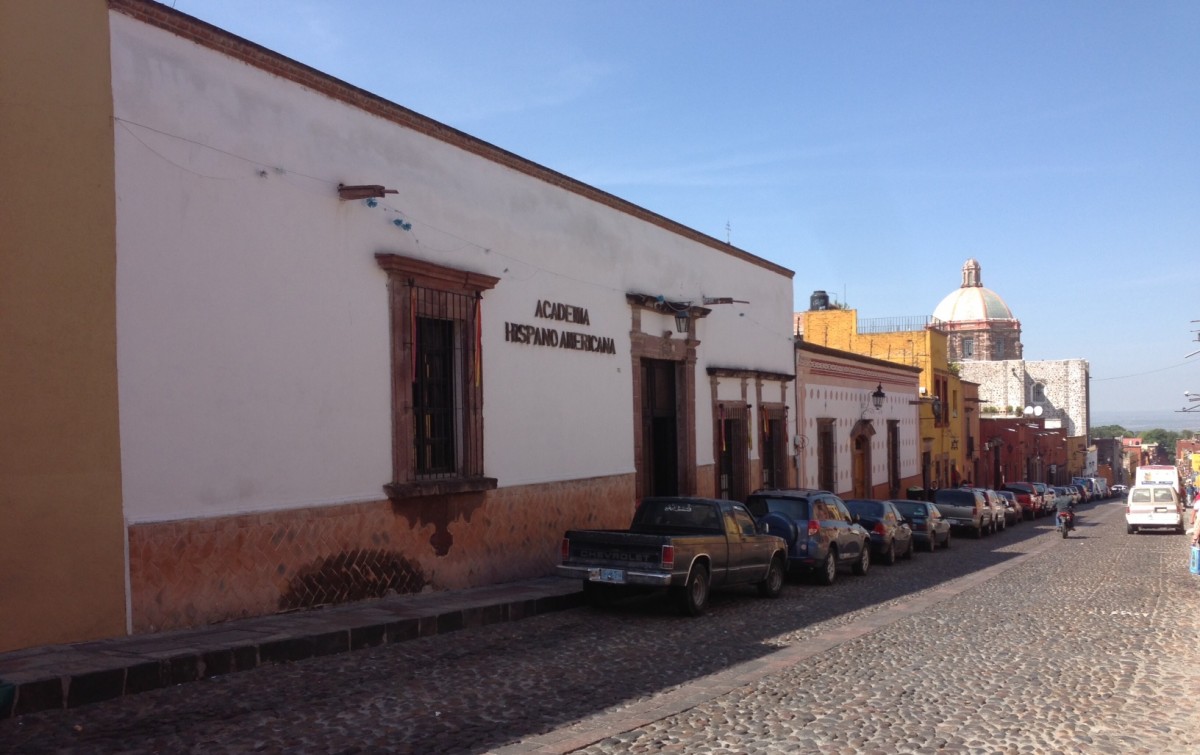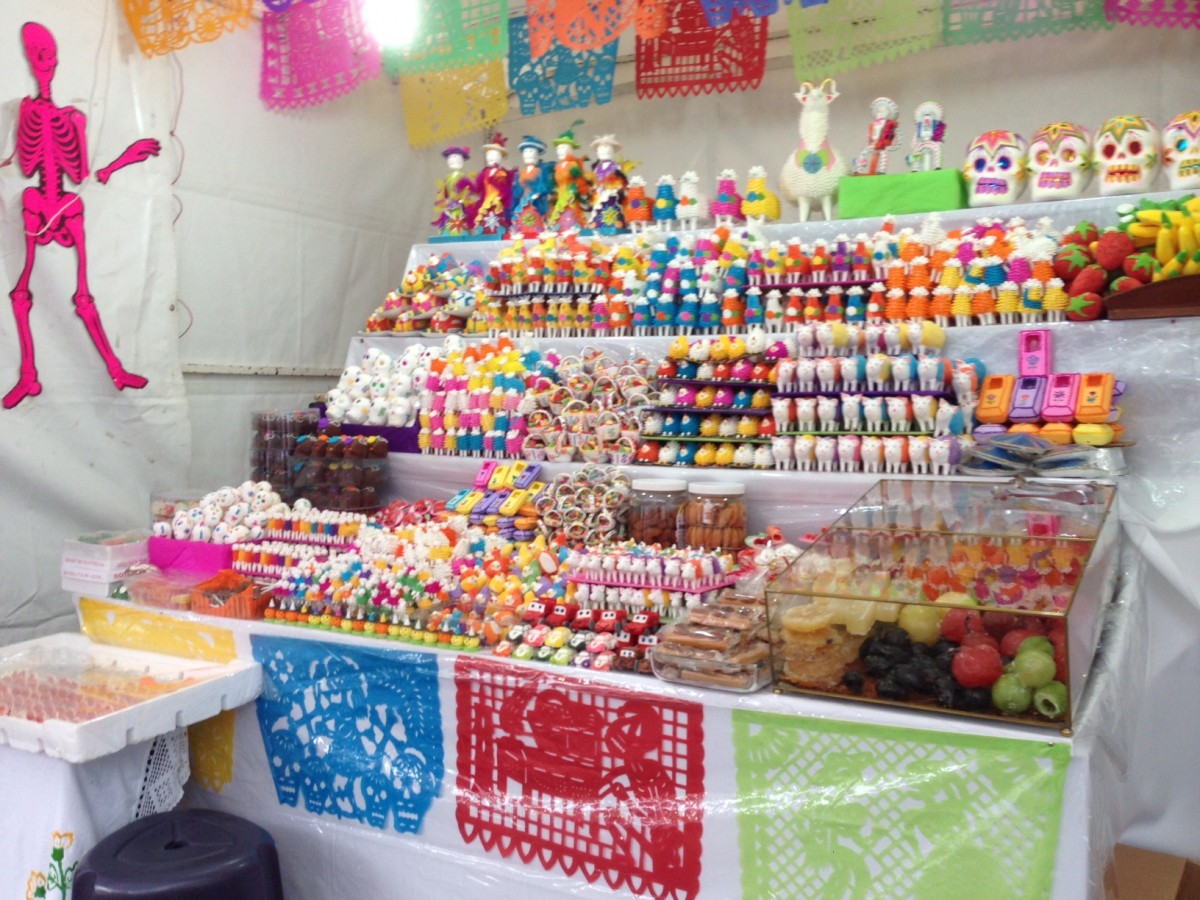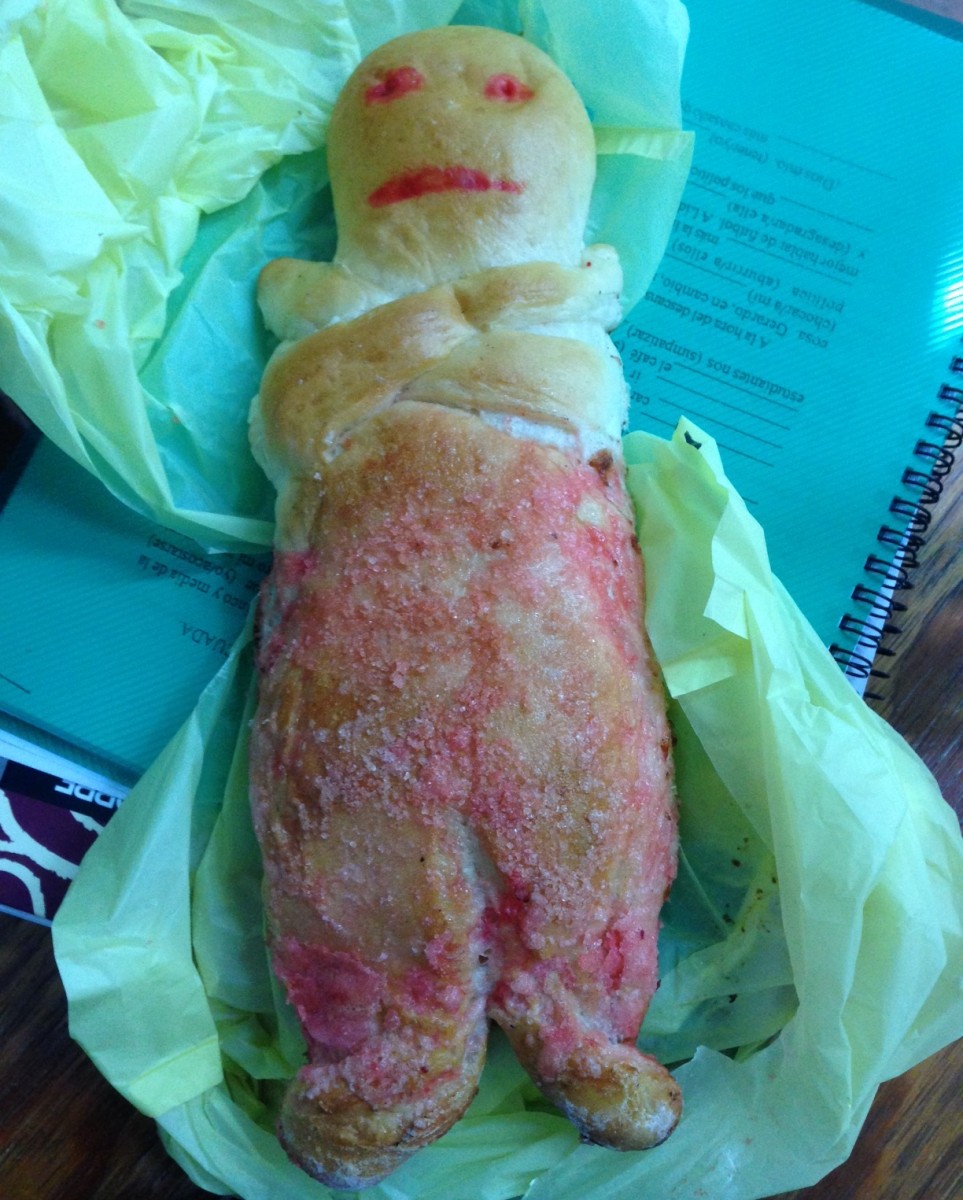Living in a remote historic Mexican village established by the Aztecs is as romantic as one might expect.
And yet, despite the many pleasures on offer — including almost nightly fireworks and fiestas –the experience is slightly deflationary after residing amid the hustle and bustle of London’s South Bank and Toronto’s trendy Seaton Village.
Apart from walks, gardening and the odd dinner party, it seems that all else socially inspiring occurs in places other than here.
At this high altitude, in the Valley of Mexico near the city of Texcoco northeast of Mexico City, days are hot, evenings are cool, the air is thin and breathing at times laborious.
To fill the void, after a hiatus of many years, I’ve taken up my paintbrush again, but this time around not for oil or acrylic, but to learn the fine art of watercolor in the nearby village of San Nicolas Tlaminca. I’ve also started drawing again, eschewing familiar pencils, pens and charcoal to learn the fine art of pastels in the village of Huexotla, near Chapingo.
The practice reminds me of days gone by when I pursued fine art studies at the former Jackson School, a campus of the former Corcoran School of Art in Washington, D.C., recently visited for the first time in many years. I Googled my teachers remembering them fondly.
Sketchy results of current efforts follow, two of which were somewhat surprisingly displayed in a group art exhibition curated by Rosa Galindo at the cultural center in Texcoco in December.
Included in the exhibit — my first “fine” art to appear in a show since I participated in an exhibition in a stairwell at the Corcoran school curated by Tuft and Newman — were “Frida Kahlo’s Garden” and “Marionette.”
– Certificate –
– Marionette, pastel –
– Frida Kahlo’s Garden, pastel (excuse the reflections in the photograph) –
– Cactus, pastel –
– Wheat Field and Palm Tree in Obregon, pastel –
– A gathering, watercolor –
– Geranium, watercolor (excuse the blurry picture) –

